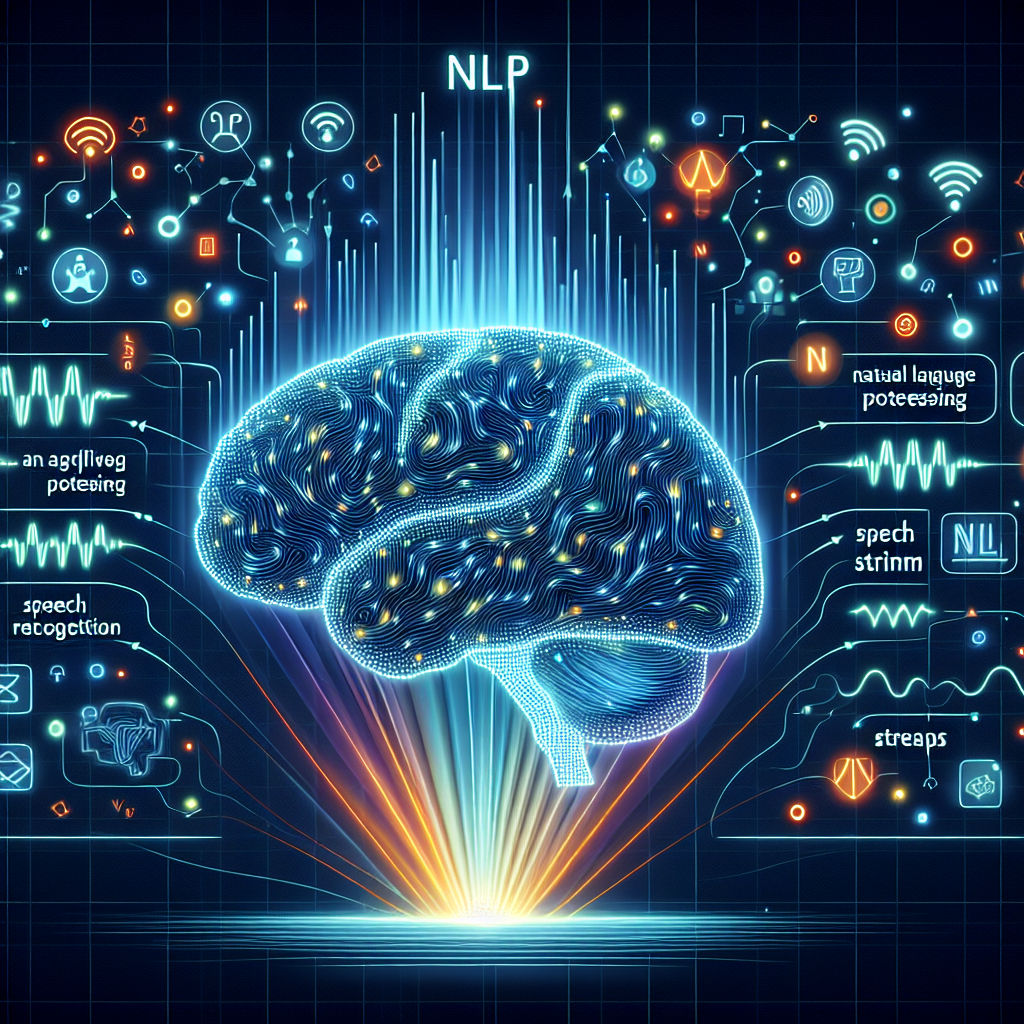Fix today. Protect forever.
Secure your devices with the #1 malware removal and protection software
Deep learning has revolutionized the field of natural language processing (NLP) and speech recognition, unlocking new possibilities for improved performance and accuracy. By harnessing the power of deep learning algorithms, researchers and developers are able to train models that can understand and process human language in ways that were previously thought impossible.
One of the key advantages of deep learning for NLP and speech recognition is its ability to automatically learn and extract complex patterns and structures from large amounts of data. Traditional machine learning algorithms often struggle with the nuances and intricacies of human language, requiring manual feature engineering and extensive preprocessing. Deep learning, on the other hand, excels at capturing the underlying dependencies and relationships in the data, allowing for more accurate and efficient models.
For NLP tasks such as text classification, sentiment analysis, and machine translation, deep learning models like recurrent neural networks (RNNs) and transformer architectures have shown remarkable performance improvements over traditional approaches. These models are able to capture long-range dependencies in text sequences, making them well-suited for tasks that require understanding context and semantics.
Similarly, in the field of speech recognition, deep learning has led to significant advancements in accuracy and performance. Convolutional neural networks (CNNs) and recurrent neural networks (RNNs) have been successfully applied to speech recognition tasks, allowing for more robust and reliable systems that can accurately transcribe spoken language.
By leveraging the potential of deep learning, researchers and developers are able to push the boundaries of what is possible in NLP and speech recognition. The ability to train models on vast amounts of data and automatically learn complex patterns has opened up new opportunities for developing more sophisticated and intelligent systems.
In conclusion, harnessing the potential of deep learning for improved NLP and speech recognition performance has the potential to revolutionize the way we interact with technology. By developing more accurate and efficient models, we can create systems that are better able to understand and respond to human language, leading to a more seamless and intuitive user experience. As researchers continue to explore the capabilities of deep learning, we can expect to see even greater advancements in the field of NLP and speech recognition in the years to come.
Fix today. Protect forever.
Secure your devices with the #1 malware removal and protection software
#Harnessing #Potential #Deep #Learning #Improved #NLP #Speech #Recognition #Performance,deep learning for nlp and speech recognition

Leave a Reply
You must be logged in to post a comment.